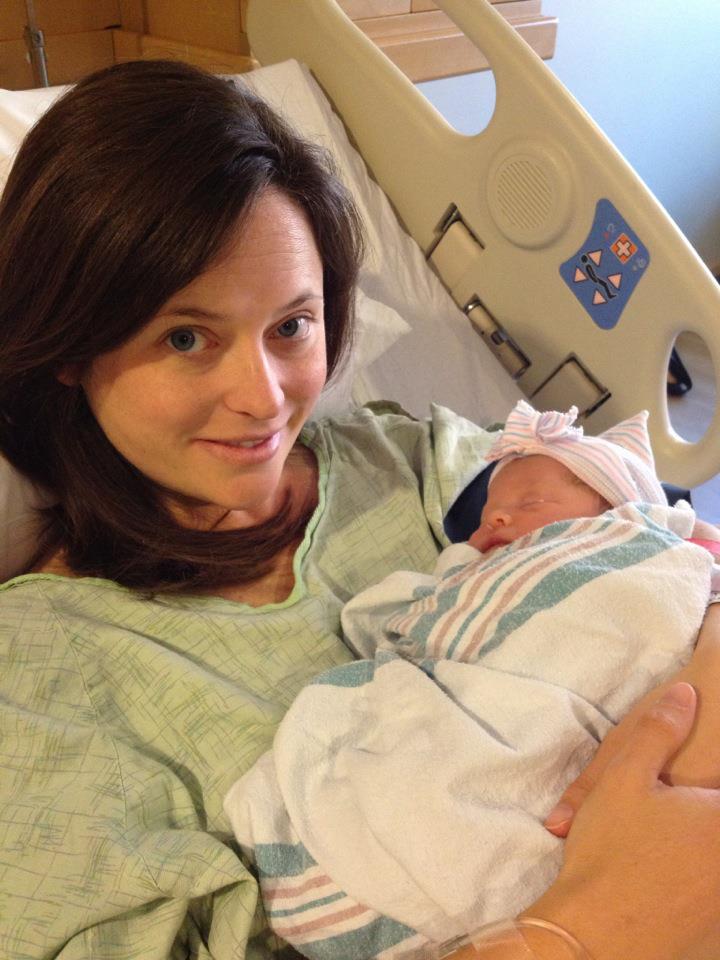“Paper money!” The wrapping paper ripping and squeals of delight over new toys came to a halt win the treasured $20 bill was pulled from a gift bag. “Mommy, it’s paper money,” the girls kept screaming. To a 5-year-old and soon-to-be 4-year-old, they’d just hit the jackpot.
What Can $20 Buy?
For me, $20 on that tantrum-filled weekend would’ve happily been spent on a bottle of wine. Normally, that money would buy an hour of babysitting, about half of a family meal out at a “cheap” restaurant or the better part of a tank of gas .
For the girls, they were ready to treat everyone. One wanted to buy our meal at an airport restaurant, several stuffed animals and all the snacks that she could grab from a nearby cart. The other wanted to buy enough stuffed animals from the airport gift shop to start a rather large furry family AND go on a shopping spree for clothes, shoes and more toys once we returned home.
They clearly don’t understand the value of a $20.
The Value of Money
Their lack of understanding became apparent a few months ago when my oldest kept offering to pay for dinner with her “monies” from her piggy bank. She even wanted to buy us a new, palatial seven bedroom house with five quarters.
How could they really understand the value of money when they see us swiping credit and debit cards? They hardly see cash exchanged or choices being made because Mommy and Daddy only have $20 in their pockets.
The Cash Experiment
This gift (from my CPA uncle of course) ended up being a great (but hard) teaching experience. We walked from store to store looking at toys. I explained if they bought X, they would only have X amount of money left to spend.
One bought a key chain and a small stuffed animal. She had enough left for a snow cone back home. The other spent $19 on a mermaid doll leaving her without enough to buy candy, which led to a few tears after seeing how far her sister’s money had stretched.
So where do we go from here? Trust me, I’ve been doing my homework. Here are some tips rounded up from the financial experts out there:
- Give children paper money to spend.
- As early as two or three-years-old, give them pretend money to use during pretend play.
- Talk about the difference between coins at that same age.
- Assign chores that allow them to earn money.
- Between the ages of 6- 8, take them to the bank to open their first account.
- Play games, like Monopoly, that involve pretend money, as well as addition and subtraction.
I also found this Money Savvy Pig bank that allows earned money to go to savings, investments, donations, etc. We’re definitely getting one! Hopefully it will help my children understanding the real value of money… before we go broke.



